All Science
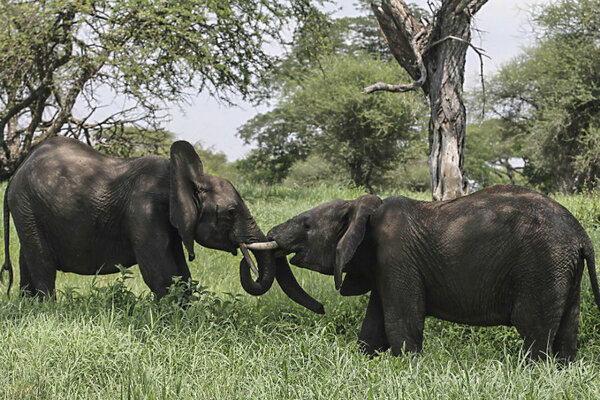 Can DNA technology help put a stop to elephant poaching?
Can DNA technology help put a stop to elephant poaching?Scientists have discovered a new DNA technology that could help crack down on the illegal trade that is destroying the African elephant population.
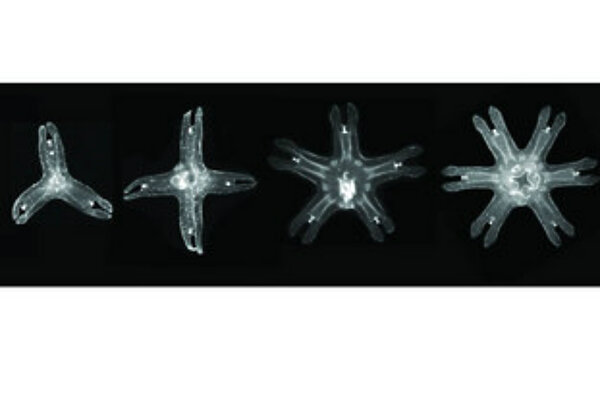 Symmetry restored: How moon jellyfish repair the loss of a limb
Symmetry restored: How moon jellyfish repair the loss of a limbMoon jellyfish rearrange their bodies when a limb is lost. This "symmetrization" is a never-before-seen method of self-repair, and one that probably helps jellies stay alive in the wild.
 Sixfold increase in US earthquakes may be caused by injection wells, say scientists
Sixfold increase in US earthquakes may be caused by injection wells, say scientistsSince 2009 the earthquake rate in the United States has more than sextupled. Two studies released this week by teams at the University of Colorado and Stanford University may show why.
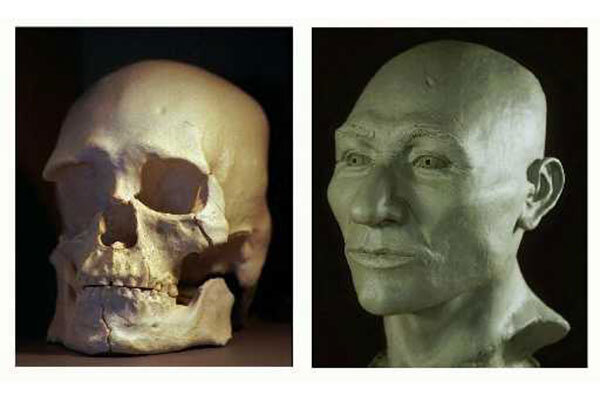 Who was Kennewick Man? DNA test offers surprising answer to mystery.
Who was Kennewick Man? DNA test offers surprising answer to mystery.A new study of the remains of Kennewick Man suggests he is most closely related to native Americans, opening a new chapter in a two-decade saga.
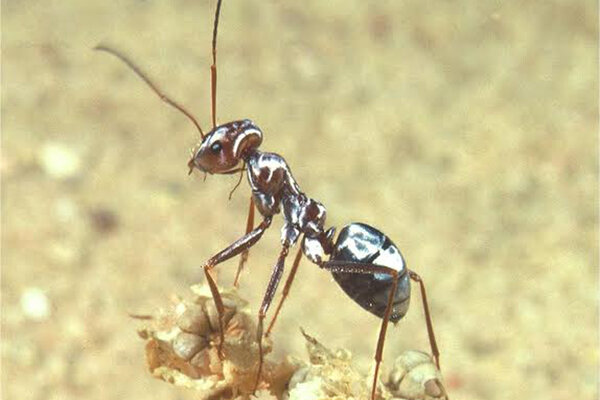 How do half-inch ants survive the Sahara? Silver hairs, scientists say.
How do half-inch ants survive the Sahara? Silver hairs, scientists say.Saharan silver ants have hair that both reflects and refracts sunlight, say scientists, to withstand temperatures over 120° F.
 'Inside Out': Disney film based on science of facial expressions
'Inside Out': Disney film based on science of facial expressionsDisney's Pixar film 'Inside Out' draws upon the science of facial expressions to portray five basic emotions: joy, sadness, anger, fear, disgust.
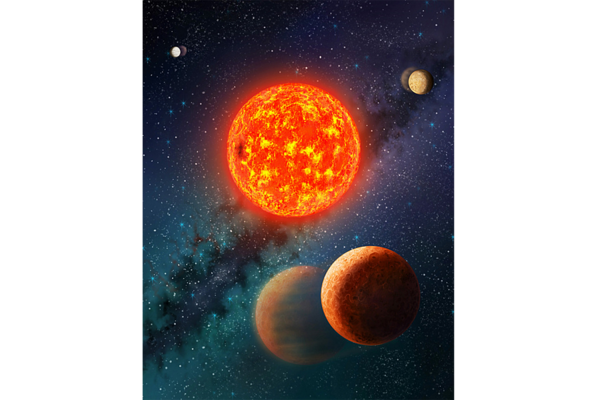 Astronomers spot lightest-known planet orbiting another star
Astronomers spot lightest-known planet orbiting another starOrbiting a dim dwarf star some 200 light years from Earth, Kepler-138 b is about the size of Mars.
 Moon engulfed in cloud of dust, say scientists
Moon engulfed in cloud of dust, say scientistsComet particle collisions on the moon's airless surface have resulted in a dust cloud around Earth's natural satellite, suggest data from a NASA orbiter.
 Can you save the rainforest and still profit? Research team finds a way
Can you save the rainforest and still profit? Research team finds a wayA team of researchers from Britain, the University of Vermont, and the World Wildlife Fund find a way to make the conservation of palm oil land affordable.
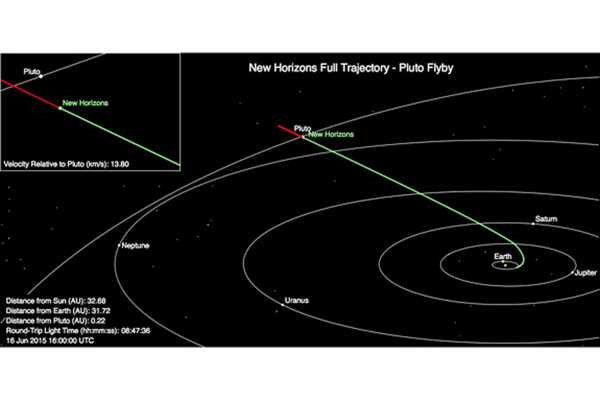 NASA spacecraft less than a month away from Pluto
NASA spacecraft less than a month away from PlutoNASA's New Horizons space probe has just 20 million miles to go before its historic encounter with Pluto, marking the first time a spacecraft from Earth has visited it or any other Kuiper Belt object.
- Methane discovered in Martian meteorites: A sign of life?
Scientists have detected methane in meteorites from Mars, raising the possibility of past microbial activity on the Red Planet.
 Tropics were once so harsh that even giant dinos shied away, say scientists
Tropics were once so harsh that even giant dinos shied away, say scientistsWhy did sauropods – the giant, four-legged, herbivorous dinosaurs – dominate the higher latitudes but shun the tropics? It was the climate, say scientists.
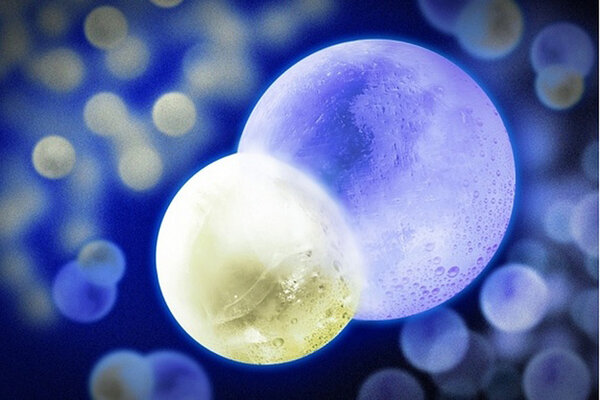 500 nanokelvins! MIT scientists set cold-temperature record.
500 nanokelvins! MIT scientists set cold-temperature record.Scientists have chilled potassium atoms to the coolest temperature yet, just a hair above absolute zero.
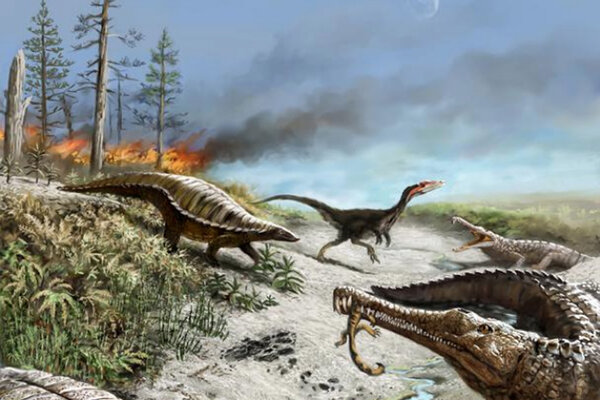 What made large dinosaurs flee the tropics?
What made large dinosaurs flee the tropics?Paleontologists reconstructed the climate and ecology of Triassic New Mexico to explain a strange absence of dinosaurs near the equator.
 French minister seeks to restrict weed killers
French minister seeks to restrict weed killersEcology Minister Ségolène Royal has asked garden stores to stop selling herbicides containing glyphosate, such as Monsanto's flagship weed killer, Roundup.
- North Carolina shark attacks: How common are shark attacks?
The same North Carolina beach saw two successive shark attacks Sunday afternoon. Should we worry about shark attacks?
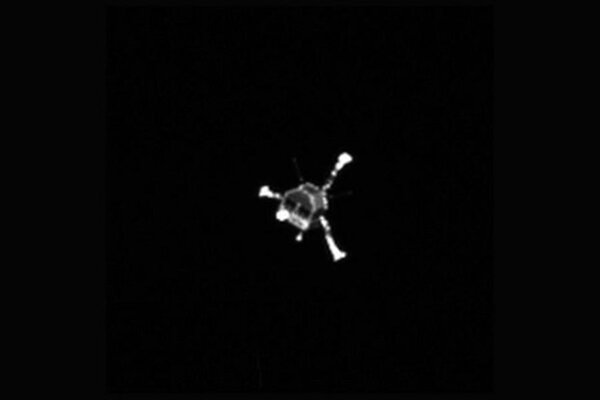 After months of silence, comet lander Philae phones home
After months of silence, comet lander Philae phones homePhilae, the European Space Agency's comet lander that had bounced into an area with little sunlight for its solar panels, has finally woken up, say scientists.
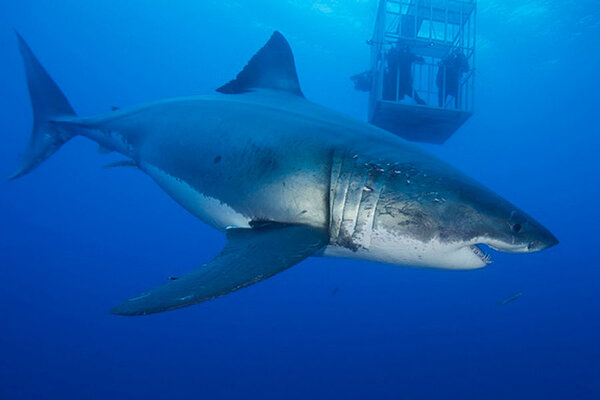 Is it really that dangerous to high-five a great white shark?
Is it really that dangerous to high-five a great white shark?It's not as risky as you think, say experts, as long as you're near a cage and know what you're doing.
 NASA probe gets close look at Ceres' mysterious bright spots
NASA probe gets close look at Ceres' mysterious bright spotsNASA's Dawn spacecraft has captured the sharpest-yet images of bright spots on the surface of Ceres, a dwarf planet in our solar system's asteroid belt.
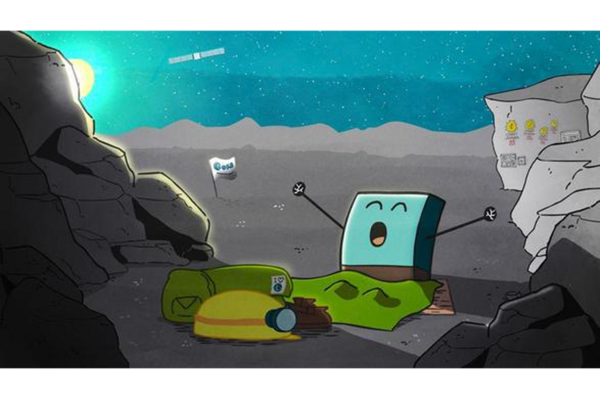 Philae wakes up! Europe's plucky comet lander phones home.
Philae wakes up! Europe's plucky comet lander phones home.The European Space Agency's comet lander, Philae, awoke from seven months of hibernation after it had bounced into a spot with little sunlight to charge its batteries.





















